The Atlanta Science Festival has had a very successful 10-year run, with a diverse array of events for all ages.
One of our favorite things to do during the Science Festival is the Discovery Walks.
These are based on the notion that science is all around us, often hidden in everyday places – where we live, where we play, and where we walk. On a Discovery Walk, you get to uncover some of this secret science on a family-friendly walking route with several intriguing science stops.
The festival organizers graciously gave us an advance copy of a Discovery Walk map, so we could preview it before the festival opened and let you know all about it. And we loved it! This is a really fun experience and a new way to explore your city and surrounding areas.
See our review below, to learn why we enjoyed the Discovery Walk so much.
In case you won’t make it to this year’s Festival for a Discovery Walk, you can go on a self-guided walk later!
For a limited time, you can buy all 4 Discovery Walk maps for just $5 — and do them at your leisure whenever you like… or do them over and over again.
Enjoy your walk!
On two weekends in March, the Atlanta Science Festival is hosting a series Discovery Walks. The walks are FREE and self-guided. Each one features ten intriguing Science Stops where you’ll learn fun facts about some aspect of science or technology.
With the help of the Science Festival folks, we did a pre-festival trial run of the Downtown Decatur Discovery Walk, so we could tell you all about it. Our goal is to recap our experience, with no spoilers, so you can have the same sense of discovery that we had.
Read on to learn about our walk, as well as the all the info you need to do one or more of the Discovery Walks yourself.
6 things we loved about our Discovery Walk
1 — We truly did have a sense of discovery. It felt amazing to be explorers in our own backyard.
2 — We really did learn new things! Later, we even searched online for more info on some topics.
3 — In between the science stops, there was plenty of time to just enjoy the walk outdoors in the cool spring weather.
4 — The informational brochure was inclusive, explaining how the Black community and women have sometimes been ignored or displaced while science advanced.
5 — This event made science completely fun, but we also learned a few fascinating things about local Atlanta history.
6 — The Discovery Walk map included alternate routes for those who can’t easily handle stairs or uneven/steep terrain.
Our trial run of the Decatur Discovery Walk
Again, we’re going to be purposefully vague here — no spoilers!
After this section, read on for our tips about how to get the most out of your own walk.
Here are the highlights — the things that really made an impression on us.
We took advantage of the free weekend parking in the Dekalb Courthouse deck. Then, map in hand, we started walking to the historic old courthouse building.
Our first stop was to locate the steatite boulder on the Courthouse Square. Wow! It turns out that this mineral, also known as soapstone, was valued by ancient people — in fact, it was crucial to the limited “technology” that existed 3000 years ago. Mind blown.
One of our favorite science stops was Decatur Cemetery, a park-like space we’d never explored before.
From the blurb on the map, we learned why old cemeteries are on high ground, why/when embalming was developed, and who was the first president to be embalmed.
SUGGESTION: Plan to spend a little time exploring here, before you continue along the route. We enjoyed wandering around, searching for the oldest graves we could find, and stopping to read the interpretive plaque at the African American burial grounds.
As we left the cemetery and continued around the looped route, we found ourselves on a long stretch of North Candler Street, where we admired the beautiful architecture of the old homes.
If you’ve spent any time in Decatur, you know that the railroad tracks bisect the city center. On our walk, we crossed over the tracks several times. We learned some fun facts about transportation technology and how it figured into Atlanta’s history as a rail hub.
We learned that this ridge is the Eastern Subcontinental Divide, a really important geographic landmark! The tracks follow the ridge, which we ducked under via this short tunnel. (It looks dark in the photo, but really it wasn’t scary at all!)
SUGGESTION: Plan another discovery adventure to check out the mural depicting the Eastern Subcontinental Divide. It’s located along the 1700 block of Dekalb Avenue in Atlanta’s Lake Claire neighborhood, and it’s a landmark on Google Maps.
Our route took us into the Agnes Scott College campus, which we’d never seen before. There’s an observatory here!
We also learned the surprising significance of this little paved courtyard. Hint: It puts you at the center of the solar system! How? We’ll let you discover that for yourself. It could be the start of a whole new discovery adventure.
At two separate places on our walk, our map helped us locate a City Champion Tree. One was an eastern red cedar, and the other was a white ash planted in 1854 — see the photo below.
Champion Trees represent the some of the oldest, tallest, broadest, and most magnificent trees inside the Perimeter, as identified by Trees Atlanta. Without the map, we would have passed these two trees without noticing them. But with the right guidance, we stopped to examine and admire them.
SUGGESTION: Get someone to take a photo of you standing in front of — or hugging — this Champion white ash — it will really demonstrate the huge circumference of the tree’s trunk. It’s stop #7 on the map, on the Agnes Scott campus.
Our final science stop was Twain’s Brew Pub. We read about the science by which water and grain become beer, and peered in the window at the fermentation tanks. How cool is that?
This last stop put us just a couple of blocks away from the parking deck where we started.
We were using the MapMyWalk mobile app to track our route. Even with all our extra wandering in the cemetery, and a couple of back-tracks after missing a turn, we came in at 3.48 miles. It took us just over an hour and 45 minutes.
Do a Discovery Walk on your own!
The Atlanta Science Festival plans new Discovery Walks each year. So, if you’re really ambitious, you could plan to do all of them!
Tips & suggestions
DO dress in layers — you’ll likely get warmer than you expect from walking, even if it’s a cool day.
DO wear comfortable footwear for walking, and bring bandages if you’re prone to blisters.
DO bring snacks and bottle water. On our Decatur route, there were plenty of places to buy these things, but that may not be the case with the other 3 walks.
DO take extra time to explore something that grabs your interest. For us it was Decatur Cemetery.
DO consider using a tracking app like Map My Walk. It helped us get a sense of where we were when we were not on regular streets (cemetery, campus, and Courthouse Square).
DON’T worry if you overshoot something or take a wrong turn and have to backtrack — that’s what discovery is all about.
DON’T have your face buried in the map to the extent you’re unsafe or unaware of what’s happening around you.
DON’T rush through the walk. Stop to read the info blurbs on the map, and take time to read any other historical markers you see around you.
You may also be interested in:
- Complete guide to Atlanta spring festivals -- March, April, & May
- Atlanta Fair returns to Turner Field this spring
- Don't miss the Brookhaven Cherry Blossom Festival
- How to watch March Madness games without cable
- The best things to do in March in Atlanta
- Atlanta Science Festival features dozens of free events
- Gibbs Gardens puts over 20 million flowering bulbs on display
Stay in the know! Subscribe to our newsletter.
Downtown Atlanta
CA

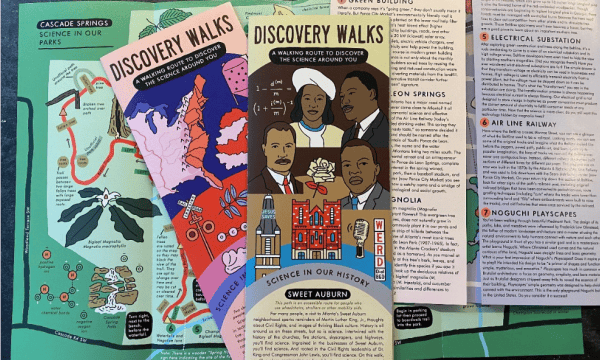
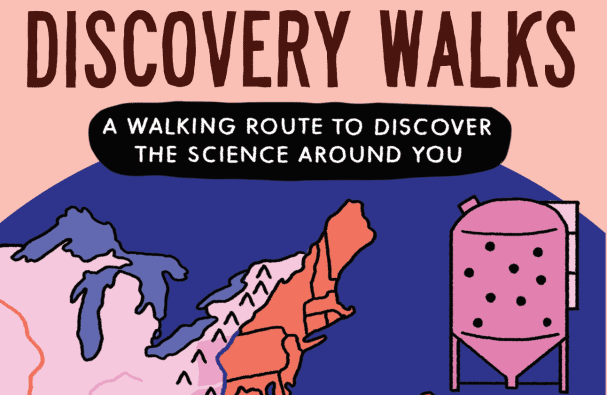
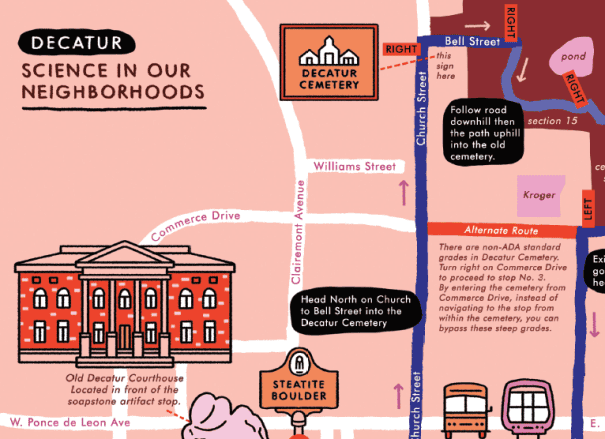
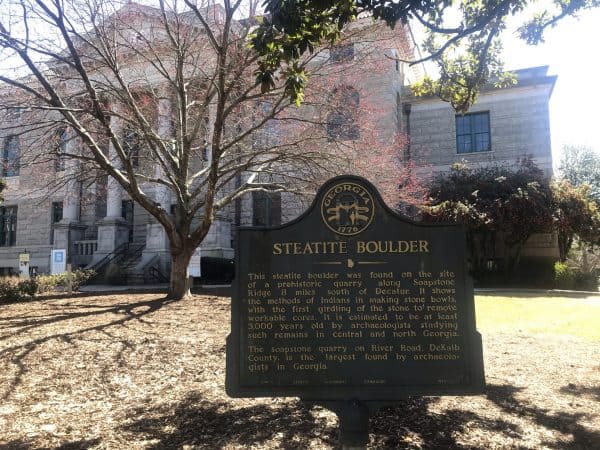
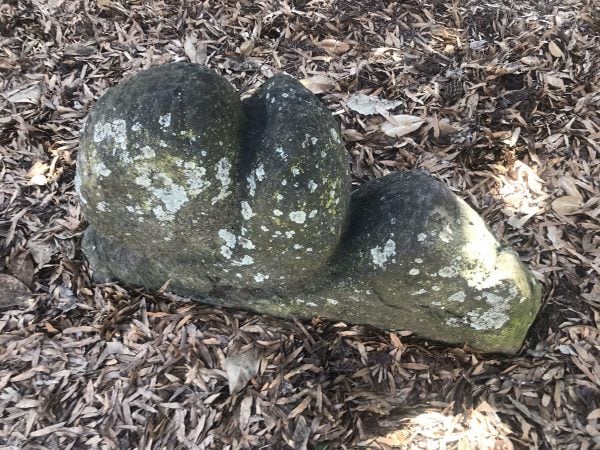
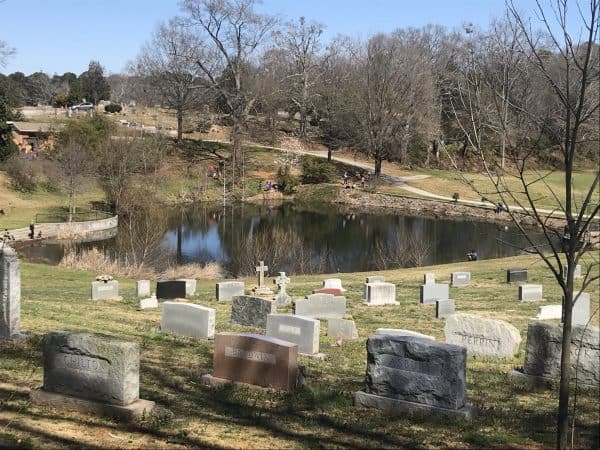
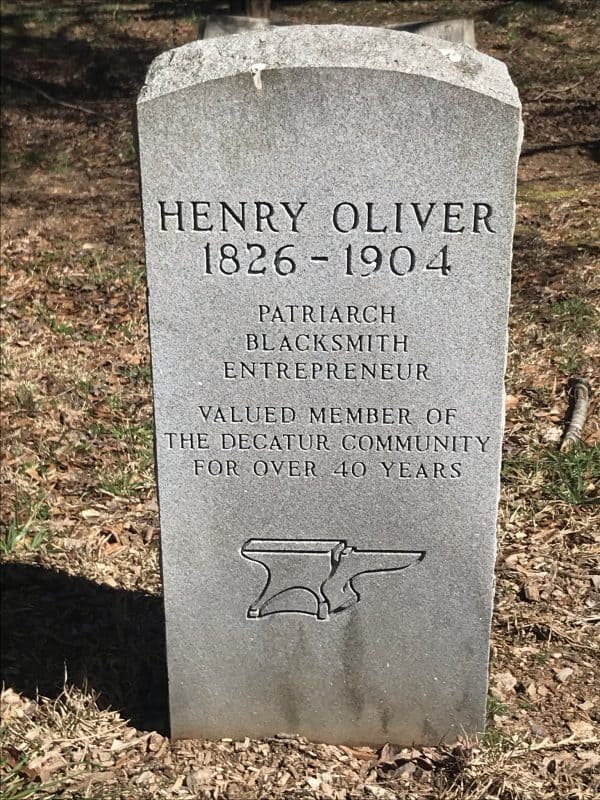
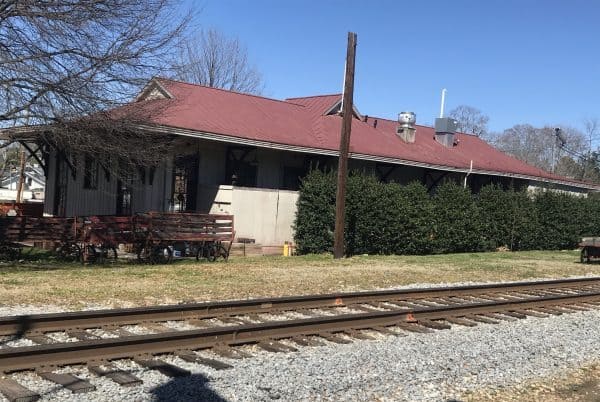
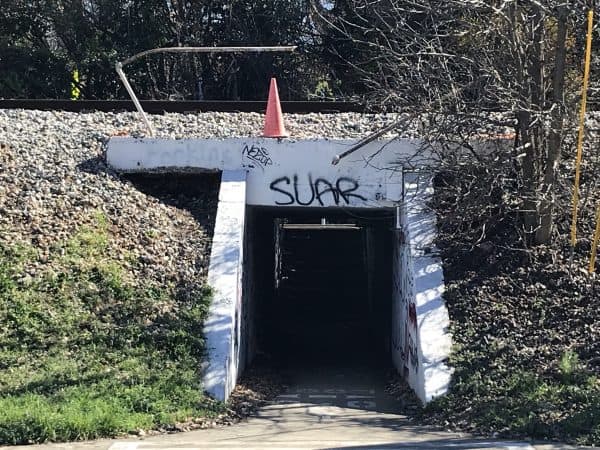
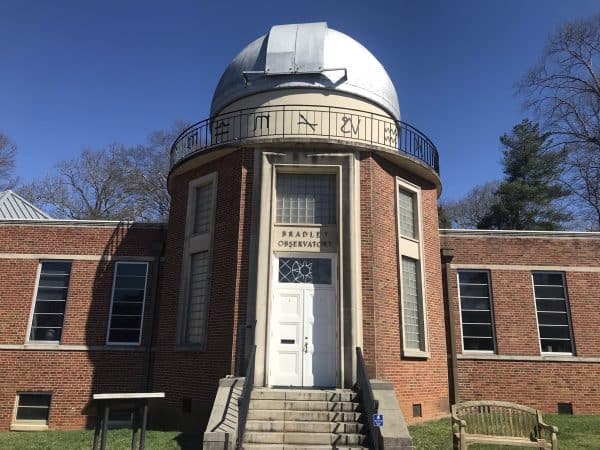
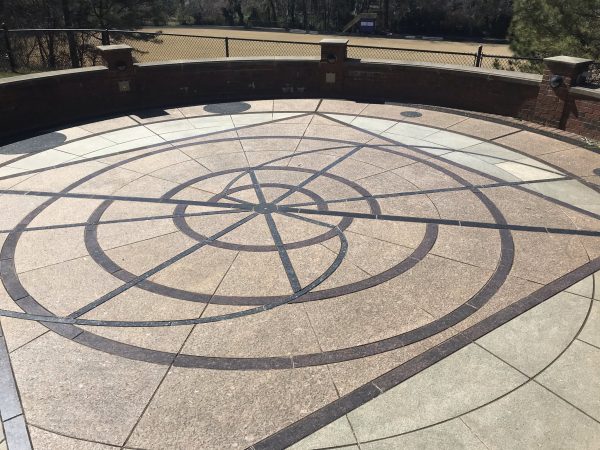
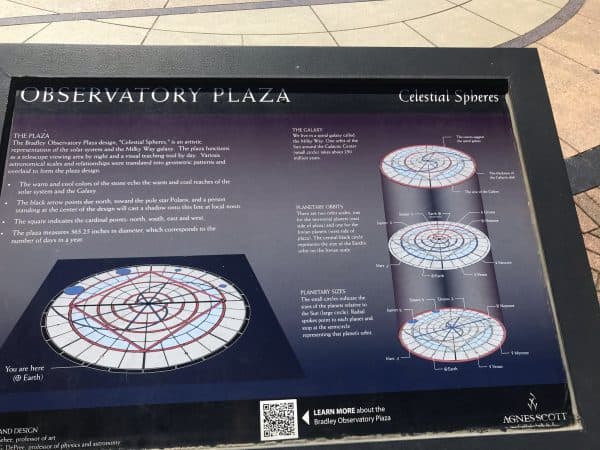
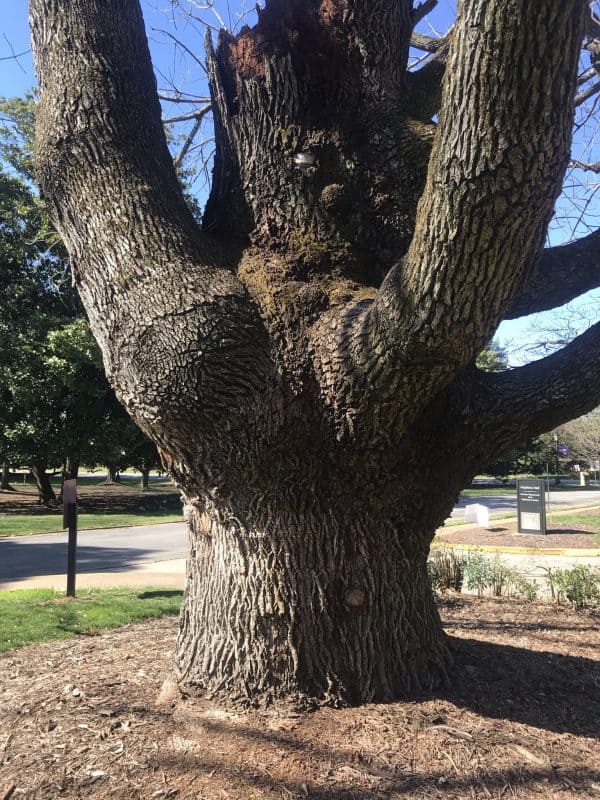

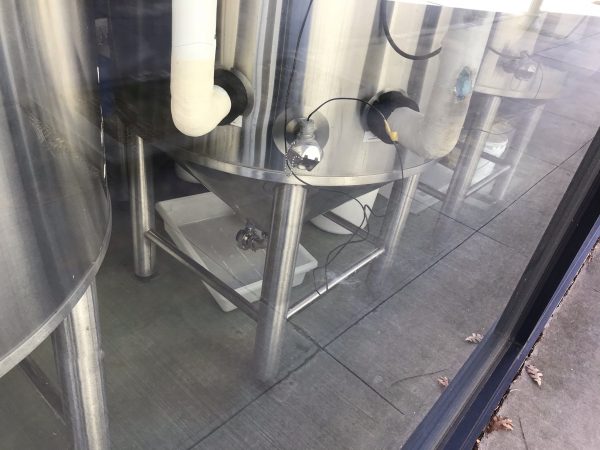
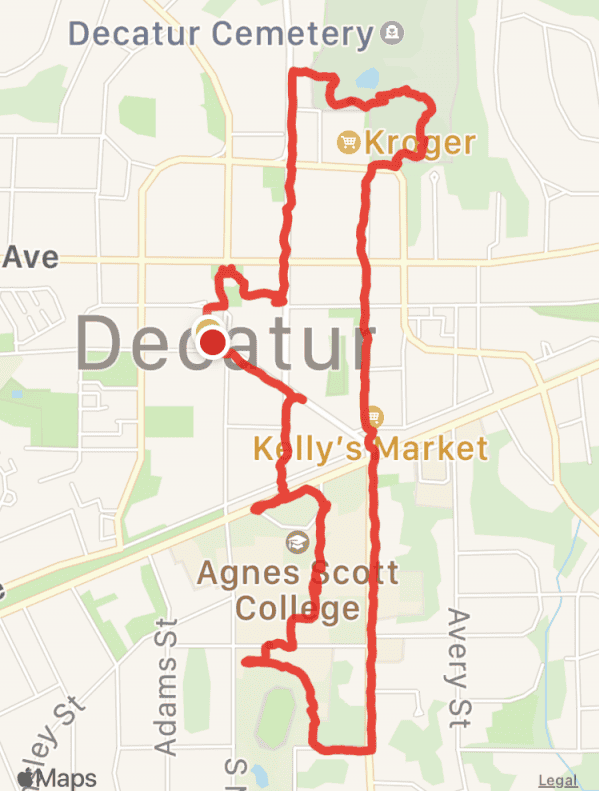
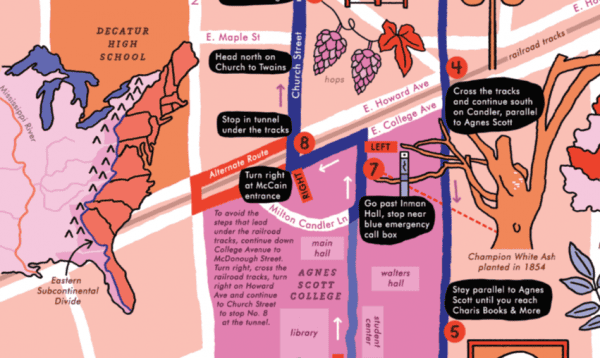



[…] Read More […]